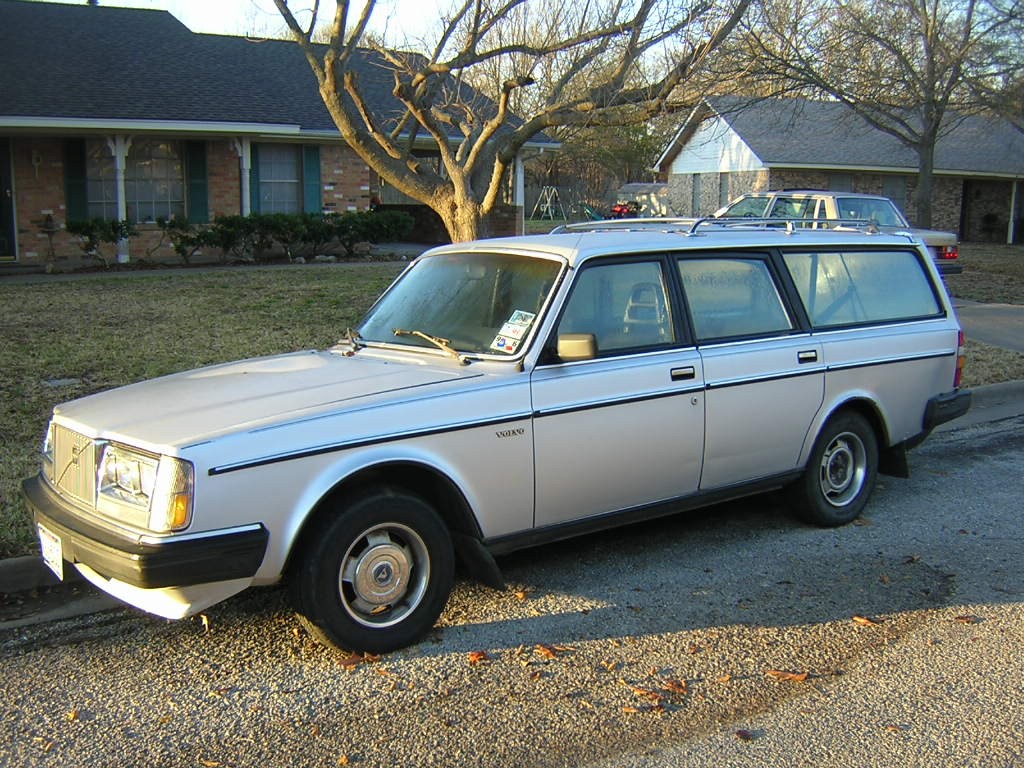Hi,
I am a newbie here, just bought a PC 7424 and pad kit. Hasn't arrived yet, just bought it online.
I'm restoring a 1985 Volvo (silver) 245 wagon that's pretty bad in places. To keep it short, here are my two newbie questions:
1- Why/how can it take 9 - 20+ hours to detail a car? Specifically, after you wash, use a clay kit, tape and complete preparations of the paint, I am trying to figure how much time the machine is actually running?
2- Can someone please give me examples of something taking several hours to do. For example, I can't see a hood of a car taking more than 15 minutes for one product and another 15 for a second product using a machine. That's 30 minutes for the hood, 30 for the roof, 30 for the trunk, 1 hour per side. That's 3.5 hours.
Again, I am a newbie, and I am sure I am wrong, but would love to know why. It seems like any more time with the machine running would wear the paint down to nothing.
Please educate me, and if there were a class near Dallas Texas I would love to be in it.
Thanks!
Jamie
I am a newbie here, just bought a PC 7424 and pad kit. Hasn't arrived yet, just bought it online.
I'm restoring a 1985 Volvo (silver) 245 wagon that's pretty bad in places. To keep it short, here are my two newbie questions:
1- Why/how can it take 9 - 20+ hours to detail a car? Specifically, after you wash, use a clay kit, tape and complete preparations of the paint, I am trying to figure how much time the machine is actually running?
2- Can someone please give me examples of something taking several hours to do. For example, I can't see a hood of a car taking more than 15 minutes for one product and another 15 for a second product using a machine. That's 30 minutes for the hood, 30 for the roof, 30 for the trunk, 1 hour per side. That's 3.5 hours.
Again, I am a newbie, and I am sure I am wrong, but would love to know why. It seems like any more time with the machine running would wear the paint down to nothing.
Please educate me, and if there were a class near Dallas Texas I would love to be in it.
Thanks!
Jamie





































Comment